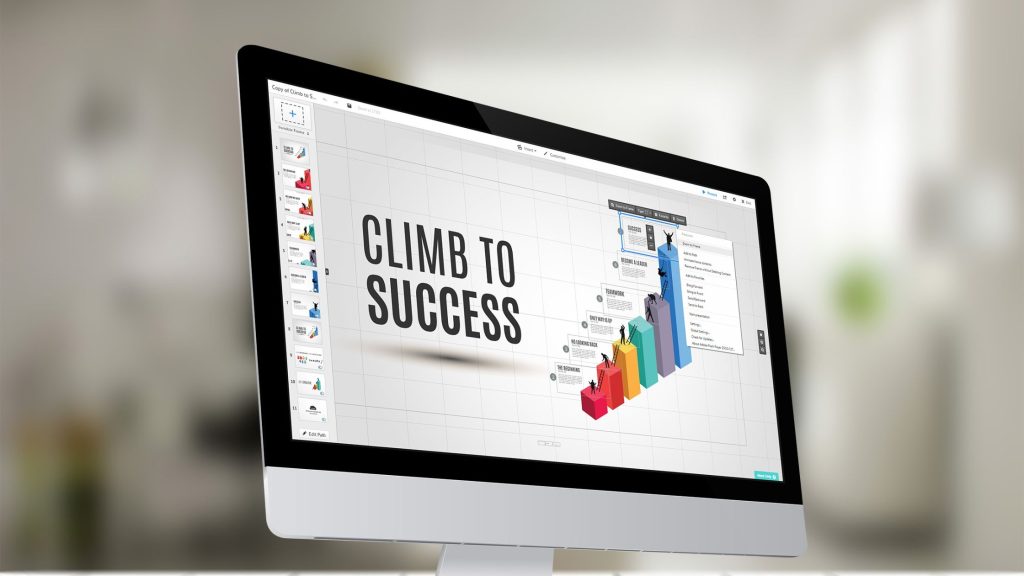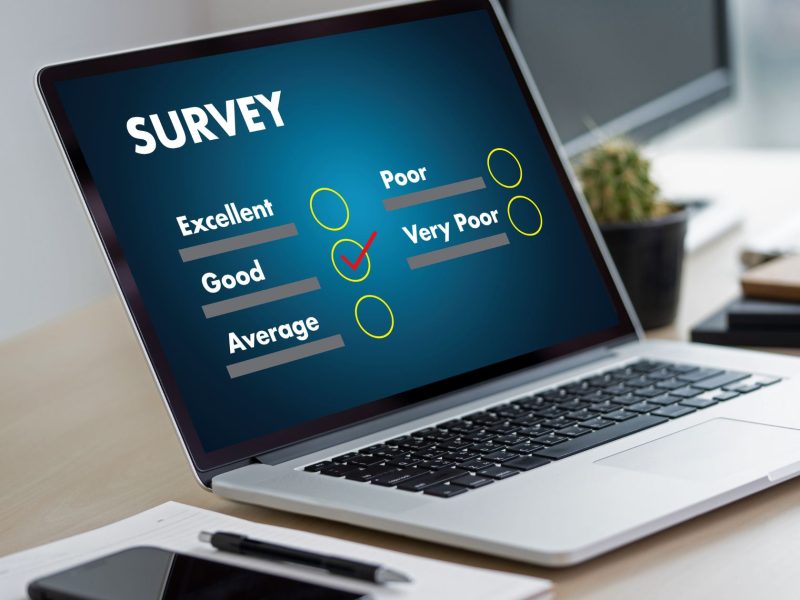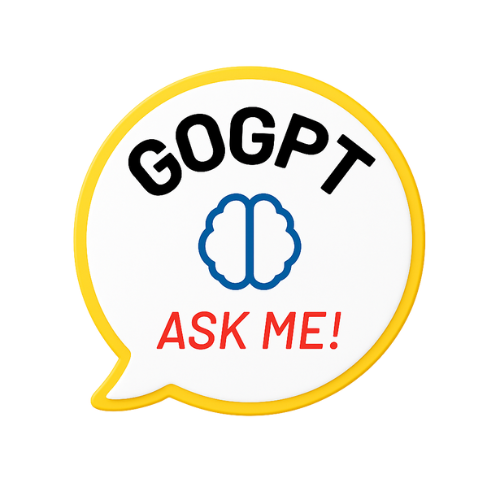When it comes to presenting survey results, your goal is not just to convey data but to make it engaging and understandable. An effective presentation can turn a mound of statistics into actionable insights. In this comprehensive guide, we’ll explore seven compelling survey results presentation examples to inspire you and help you communicate your findings with impact.
Examples of Survey Results Presentation
1. Infographics: Visual Storytelling
Infographics are a powerful way to transform complex survey data into visually engaging graphics. Use colorful charts, graphs, and icons to highlight key statistics, trends, and demographic information. For example, create a pie chart to illustrate the distribution of responses across multiple-choice questions or a line graph to show trends over time. The key is to distill your data into clear, bite-sized visual elements that your audience can quickly grasp.
2. Data Dashboards: Interactivity and Exploration
Take advantage of tools like Tableau or Power BI to create interactive data dashboards. Dashboards enable you to present survey results dynamically, allowing your audience to explore the data on their own terms. Include filters, drill-down options, and real-time updates to enhance user engagement. Dashboards are particularly useful when you have extensive survey data that needs to be sliced and diced for deeper insights.
3. Word Clouds: Uncovering Key Insights
Word clouds are an excellent choice for visualizing text-based survey responses, especially open-ended questions. They condense words or phrases from respondents into a visual representation where the size of each word corresponds to its frequency. Consider using color-coding to convey sentiments or themes. Larger, bolder words represent those mentioned more frequently, offering a quick overview of respondents’ opinions and feelings.

4. Comparative Charts: Highlighting Differences
When you want to showcase differences or trends across survey categories or time periods, comparative charts come in handy. Options like bar charts or stacked column charts can effectively communicate these variations. Employ color coding, annotations, and clear legends to make your comparisons readily understandable. These charts are excellent for highlighting key takeaways and trends.
5. Heatmaps: Regional Insights
Heatmaps are fantastic for visualizing survey responses geographically or in relation to specific areas of interest. They use color gradients to represent data, allowing your audience to quickly identify regional patterns or disparities. Whether you’re analyzing customer preferences by location or regional variations in employee satisfaction, heatmaps provide a spatial context for your survey results.
6. Case Studies: Adding Depth and Context
Sometimes, raw survey data lacks the human touch. Enhance your presentation by sharing real-life case studies that relate to your survey findings. Incorporate anecdotes, quotes, or stories from survey respondents to humanize the data. Case studies add depth and context, making your results relatable and memorable. They also help your audience connect with the data on a personal level.
7. Video Presentations: Dynamic Engagement
For a truly dynamic presentation, consider creating video content that incorporates survey data. You can blend survey insights with interviews of respondents and visual elements. Videos add a compelling dimension to your presentation, making it engaging and memorable. Utilize animations, voiceovers, and on-screen graphics to convey survey insights effectively. Videos are ideal for capturing attention and conveying complex information.
Additional Tips for Survey Presentation
Along with these best survey results presentation examples, here are some additional tips for you to make the presentation easier.
Understand the Audience
Before diving into the presentation, consider your audience. Are they stakeholders, colleagues, or clients? Tailoring your presentation to their level of expertise and specific interests is essential.
Choose the Right Format
Select a format that suits your audience and the nature of the survey:
- PowerPoint Presentation: Ideal for concise, visually appealing presentations.
- Written Report: A more detailed document with in-depth analysis.
- Infographic: Great for conveying key statistics in a visually appealing manner.
- Oral Presentation: Effective for live discussions or meetings.
Structure the Presentation
Regardless of the format, a well-structured presentation is key:
1. Title Slide
- Title: Make it clear and concise.
- Presenter’s Name and Date: Include your name and the presentation date.
2. Introduction
- Briefly introduce the survey’s purpose and context.
- Mention the survey methodology and sample size.
3. Key Findings
- Use clear headings for each key finding.
- Utilize graphs, charts, and tables to illustrate data.
- Provide context and explanations for each finding.
4. Demographics
- Present demographic information about survey participants.
- Use visuals like pie charts or bar graphs to represent demographics.
5. Detailed Analysis
- Dive deeper into key findings.
- Offer insights, trends, and potential implications.
- Support your analysis with data visualizations.
6. Recommendations
- Suggest actionable recommendations based on the findings.
- Prioritize recommendations and outline steps for implementation.
7. Conclusion
- Summarize the main takeaways from the survey.
- Reiterate the importance of the findings.
8. Q&A
- Open the floor for questions and discussions.

Narrative Flow
Tell a story with your data:
- Start with the Big Picture: Begin by highlighting the most significant findings.
- Build Context: Provide context and background information.
- Present Details: Dive into specific findings and data.
- Summarize and Conclude: Recap the main points and conclude with key takeaways.
Design and Style
- Use a consistent color scheme and font style throughout.
- Keep visuals uncluttered and easy to read.
- Use visuals to complement your narrative, not overwhelm it.
Practice and Feedback
Before presenting, rehearse your presentation to ensure a smooth flow. Seek feedback from colleagues to fine-tune your content and delivery.
Engage Your Audience
- Encourage questions and discussions.
- Use anecdotes or real-life examples to make data relatable.
- Summarize key points at the end for clarity.
Also Read: Best Way to Present Survey Results
Closing Thoughts
In conclusion, the way you present survey results can greatly impact the effectiveness of your message. Tailor your presentation style to your audience’s preferences and needs. Whether you opt for infographics, data dashboards, word clouds, comparative charts, heatmaps, case studies, or video presentations, the goal remains the same: to make your survey findings accessible, insightful, and actionable. By choosing the right presentation method, you can transform data into meaningful insights that drive decision-making and action.



